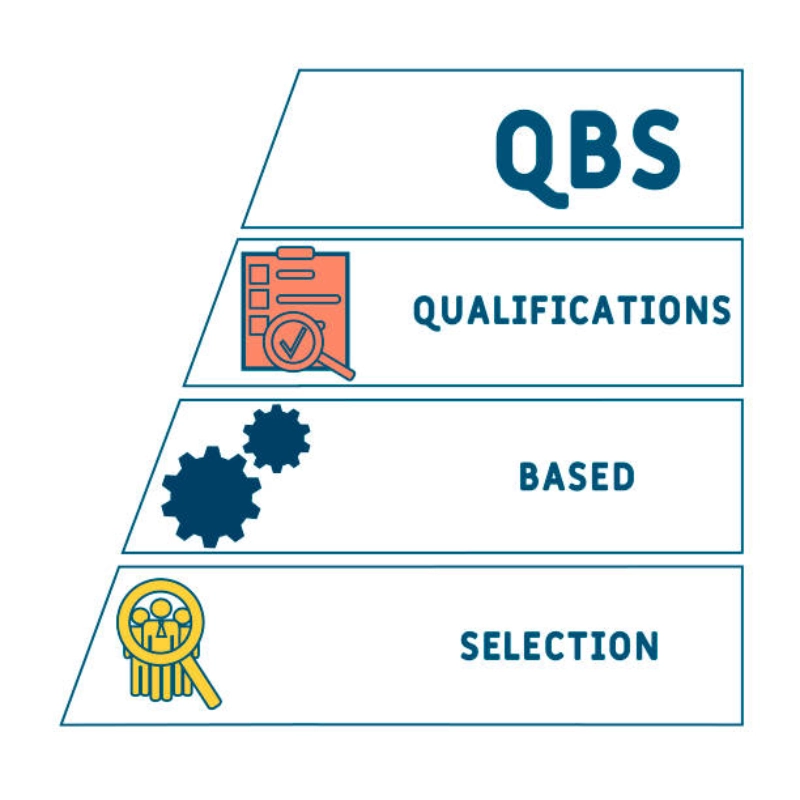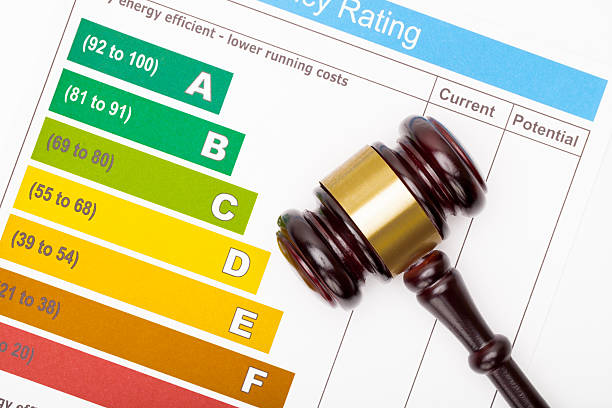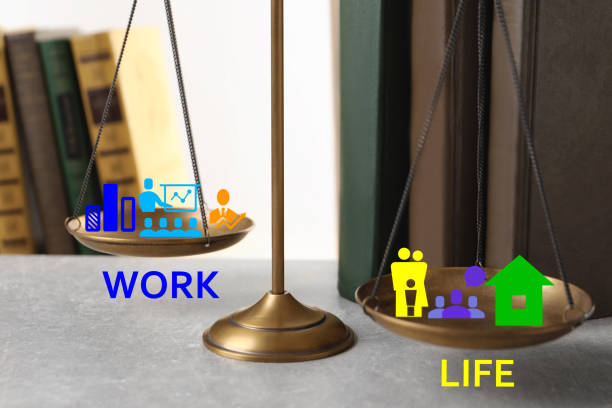SSI vs. SSDI: What’s the Difference & Which One Do You Qualify For?

SSI vs. SSDI: Key Differences, Eligibility, and Benefits Explained
Navigating the world of disability benefits can be overwhelming, especially when deciding between Supplemental Security Income (SSI) and Social Security Disability Insurance (SSDI). Both programs provide financial assistance to individuals with disabilities, but they differ significantly in eligibility, benefits, and application processes. This guide breaks down the key differences between SSI and SSDI to help you determine which program aligns with your needs.What Are SSI and SSDI?
SSI and SSDI are federal programs designed to assist individuals with disabilities, but they serve different purposes and populations.- SSI (Supplemental Security Income): This is a needs-based program aimed at individuals with limited income and resources. It provides financial support to those who are aged, blind, or disabled and have little to no work history.
- SSDI (Social Security Disability Insurance): This program is an insurance-based benefit for individuals who have worked and paid Social Security taxes. It supports those who can no longer work due to a qualifying disability.

Ready to connect with top legal professionals? Get immediate support— Call us at 877-550-8911.
Eligibility Criteria for SSI and SSDI
The eligibility requirements for SSI and SSDI are distinct, reflecting their different objectives. SSI Eligibility:- Applicants must be aged 65 or older, blind, or disabled.
- Income and resources must fall below specific thresholds. For 2023, countable resources must not exceed 2,000 for individuals or 3,000 for couples.
- Applicants must be U.S. citizens or qualified non-citizens.
- Applicants must have a qualifying work history, typically earning at least 40 work credits, with 20 earned in the last 10 years.
- The disability must prevent the individual from engaging in substantial gainful activity (SGA) and is expected to last at least one year or result in death.
- Applicants must be under the full retirement age (65-67, depending on birth year).
Financial Benefits: SSI vs. SSDI
The financial assistance provided by SSI and SSDI varies significantly, impacting the amount and timing of benefits. SSI Benefits:- SSI offers a monthly payment to cover basic living expenses. As of 2023, the maximum federal benefit rate is 914 per month for individuals and 1,371 for couples.
- Benefits can begin immediately upon approval.
- SSI recipients are often eligible for Medicaid, which provides healthcare coverage.
- SSDI payments are based on the individual’s average lifetime earnings. In 2023, the average monthly benefit is around 1,483,butsomerecipientsmayreceiveover3,000.
- There is a five-month waiting period before benefits begin.
- After 24 months of receiving SSDI, beneficiaries become eligible for Medicare.

How Work History Affects SSI and SSDI?
Work history plays a critical role in determining eligibility for SSI and SSDI.- SSDI: This program is designed for individuals with a substantial work history. The number of work credits required depends on the applicant’s age at the time of disability. For example, a 30-year-old may need fewer credits than a 50-year-old.
- SSI: This program does not require any work history. It is available to individuals with limited income and resources, regardless of their employment background.
Application Process for SSI and SSDI
Applying for SSI or SSDI involves several steps and requires careful preparation.- Gather Documentation: Collect medical records, proof of income, and work history details.
- Submit Your Application: Applications can be filed online, by phone, or in person at a local Social Security office.
- Await Review: The Social Security Administration (SSA) will review your application, which may take several months.
- Respond to Requests: The SSA may request additional information or a medical examination.
- Receive a Decision: If approved, you will receive notification of your benefits. If denied, you have the right to appeal.
Impact of Income and Resources on SSI and SSDI
Income and resources play a significant role in determining eligibility for SSI and SSDI.- SSI: This program has strict income and resource limits. Countable resources must not exceed 2,000 for individuals or 3,000 for couples.
- SSDI: This program does not have resource limits but requires income to be below the SGA threshold ($1,470 per month in 2023 for non-blind individuals).
Navigating the Appeals Process for SSI and SSDI
If your application for SSI or SSDI is denied, you have the right to appeal. The appeals process includes several stages:- Reconsideration: Submit a request for reconsideration within 60 days of the denial notice.
- Hearing: If denied again, request a hearing before an administrative law judge.
- Appeals Council: If the hearing decision is unfavorable, you can appeal to the Social Security Appeals Council.
- Federal Court: As a last resort, you may file a lawsuit in federal court.
FAQs
1. Can I receive both SSI and SSDI at the same time? Yes, in some cases. This is known as concurrent benefits, but your SSI payment may be reduced based on your SSDI benefit amount. 2. How long does it take to get approved for SSI or SSDI? The approval process can take several months, depending on the complexity of your case and the need for additional documentation. 3. What happens if my SSI or SSDI application is denied? You have the right to appeal the decision. The appeals process includes reconsideration, a hearing, and further appeals if necessary. 4. Do I need a lawyer to apply for SSI or SSDI? While not required, a lawyer or advocate can help navigate the application and appeals process, increasing your chances of approval. 5. Can I work while receiving SSI or SSDI? Yes, but there are limits on how much you can earn. Exceeding these limits may affect your eligibility for benefits.Don’t wait to secure the legal representation you deserve. Visit Legal Case Review today for free quotes and tailored guidance, or call 877-550-8911 for immediate assistance.


